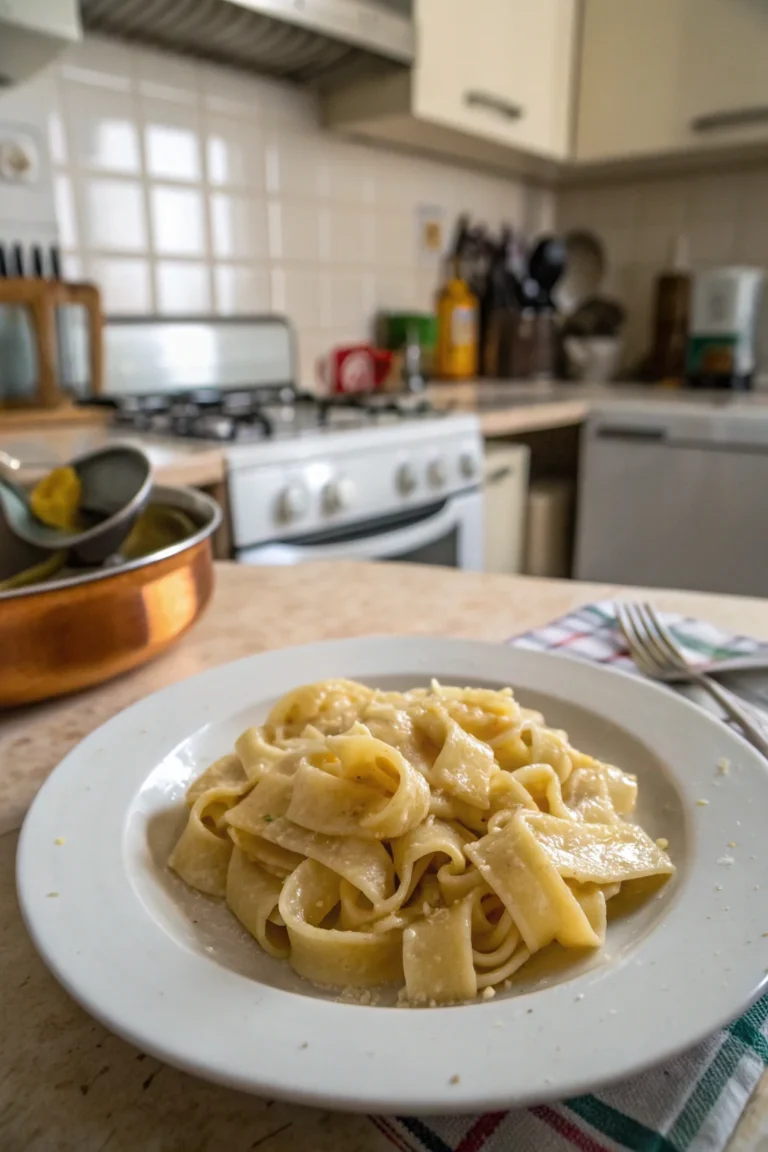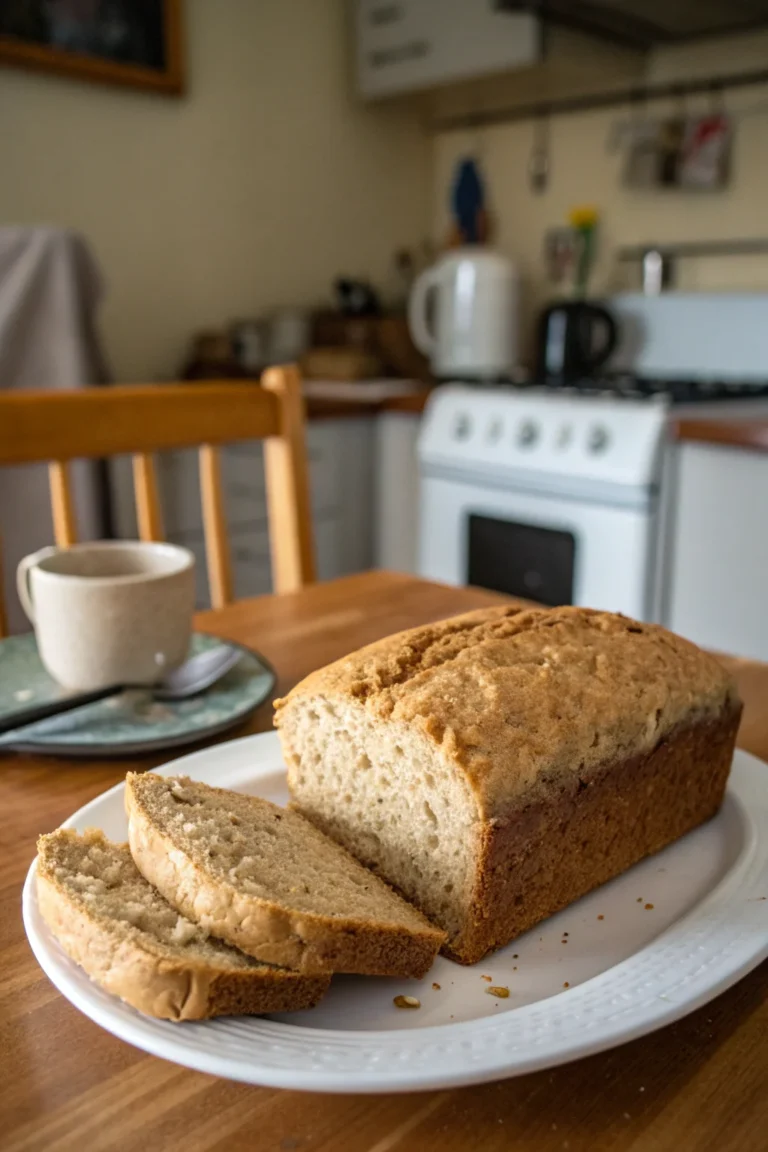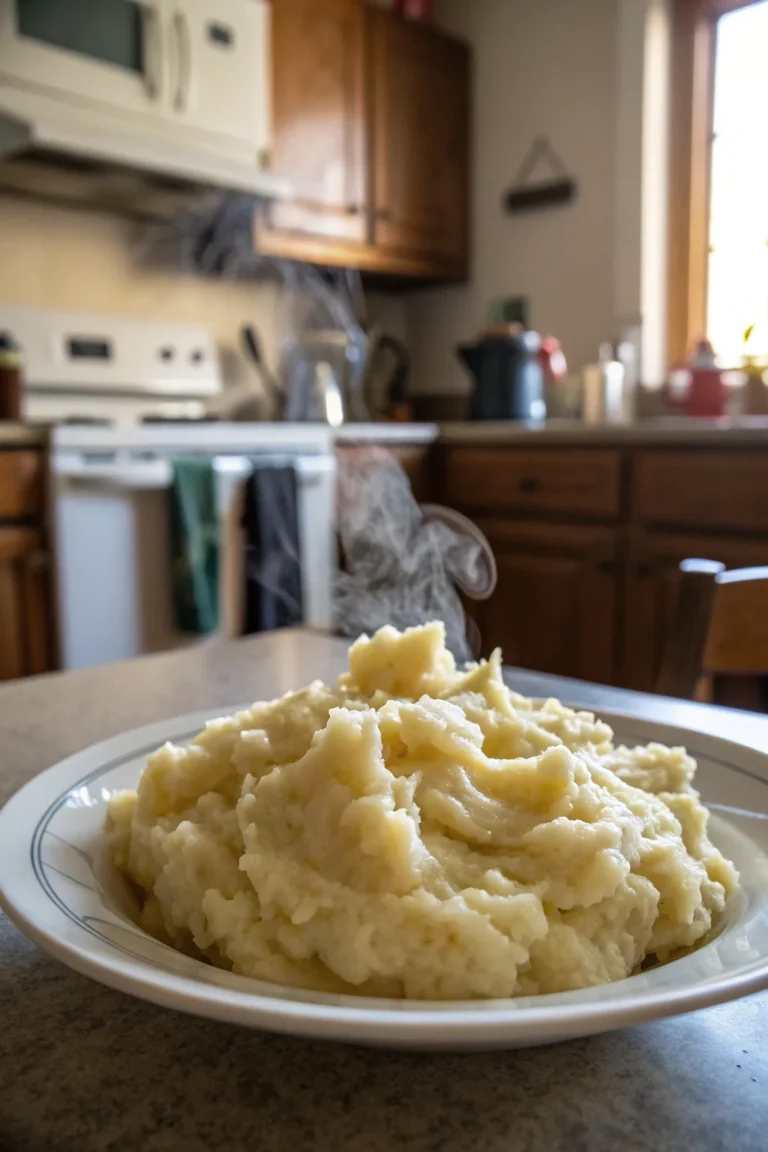Can You Reuse Cooking Oil? | Safety and Flavor Tips
Cooking oil is a kitchen staple, but many of us wonder if it’s safe and practical to reuse it. Done right, reusing cooking oil can be economical and environmentally friendly. However, it’s essential to know how to maintain safety, preserve flavor, and ensure the quality of your dishes. Here, we answer commonly asked questions about reusing cooking oil, offering practical tips and advice.
Table of Contents
What Are the Benefits of Reusing Cooking Oil?
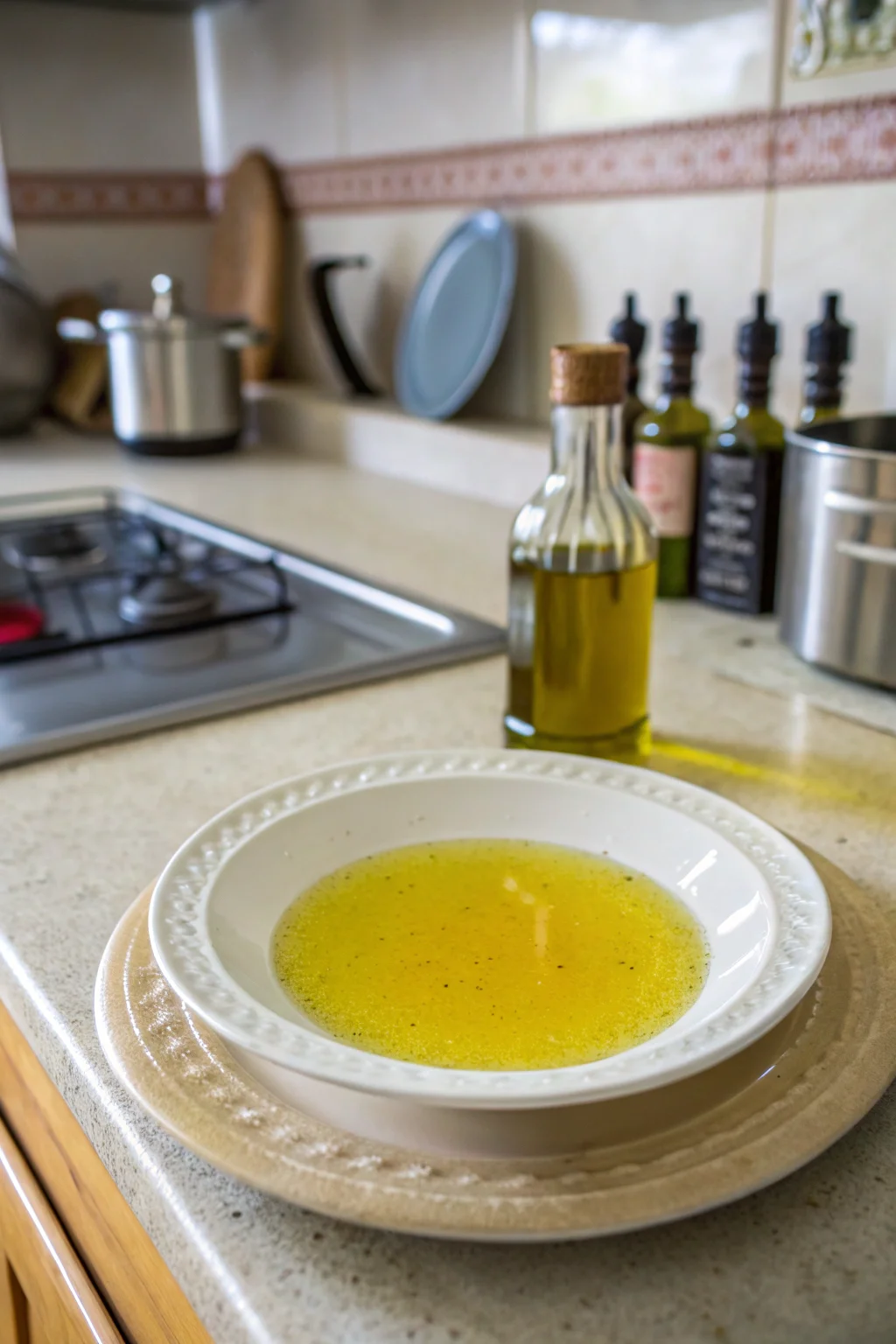
Reusing cooking oil can be beneficial both economically and environmentally. By reusing oil, you save money and reduce waste. Instead of discarding used oil after one use, you can extend its life, reducing the demand for fresh oil production. This practice can also decrease the environmental impact associated with oil disposal. Always ensure the oil is filtered and stored properly to maximize these benefits.
From an economic perspective, the cost savings can be significant, especially if you frequently cook dishes that require large amounts of oil, such as deep-fried foods. By extending the life of your oil, you can allocate your resources more efficiently, allowing for savings that can be redirected towards other culinary needs.
Environmentally, reusing oil reduces the amount of waste that ends up in landfills. Used cooking oil, when improperly disposed of, can cause environmental harm. By reusing and recycling, you contribute to a reduction in pollution and energy consumption associated with the production of new oil. Moreover, some communities have programs that convert used cooking oil into biodiesel, a renewable energy source, further enhancing environmental benefits.
How Many Times Can You Reuse Cooking Oil?
The number of times you can reuse cooking oil depends on several factors, including the type of oil and the food being cooked. Generally, you can reuse oil used for frying 2-3 times. Oils with a high smoke point, like canola or peanut oil, can often be reused more times than those with lower smoke points. Keep an eye on the oil’s color, smell, and taste, as these can indicate when it’s time to discard it.
When considering reuse, it’s important to note that each cooking session degrades the oil’s quality. High temperatures cause oil to break down, and each food item introduces particles and flavors that can affect subsequent uses. If the oil becomes dark or cloudy, it may have reached the end of its useful life. Additionally, if the oil begins to smoke at lower temperatures than usual, it’s a clear sign of degradation.
Different types of foods also impact how many times oil can be reused. For instance, frying foods with strong odors or flavors, like fish, can limit the oil’s reuse for other dishes due to flavor transfer. Conversely, oils used for frying neutral foods like potatoes might have a longer reuse life.
How Do You Properly Store Used Cooking Oil?
Proper storage is crucial for maintaining the quality of reused cooking oil. After using the oil, allow it to cool and then strain it through a cheesecloth or a fine-mesh sieve to remove food particles. Store the strained oil in an airtight container, preferably glass, and keep it in a cool, dark place. Label the container with the date and type of oil to track its use.
Using a glass container is recommended because it does not absorb odors and flavors as plastic might. Glass also prevents any potential chemical interactions between the oil and the container material. Keeping the oil in a dark place helps prevent oxidation caused by light, which can lead to rancidity.
Additionally, consider the temperature of the storage area. An ideal storage temperature is between 50-70°F (10-21°C). Excessive heat can cause the oil to spoil faster, while too cold a temperature might cause it to become cloudy and thick. Always ensure the container is sealed tightly to prevent exposure to air, which can also accelerate spoilage.
How Can You Tell If Cooking Oil Has Gone Bad?
Recognizing when cooking oil has gone bad is essential for food safety. Signs that oil is no longer usable include:
- A rancid or off smell
- A change in color, often darker
- A thick or greasy texture
- A sour or stale taste
If you notice any of these signs, it’s time to dispose of the oil.
Beyond the basic signs, it’s important to trust your senses. If something seems off with the oil, it’s better to err on the side of caution. Cooking with bad oil not only affects the flavor of your dishes but can also pose health risks. An unpleasant smell or taste is often the first indication; if the oil smells off or sour, it has likely oxidized or become contaminated with food particles.
Also, note any unusual foaming or bubbling when heating the oil. This can indicate impurities or moisture, further signs that the oil’s quality has diminished. Discarding oil at this stage is crucial to preventing these issues from affecting your cooking and health.
What Types of Cooking Oil Are Best for Reuse?
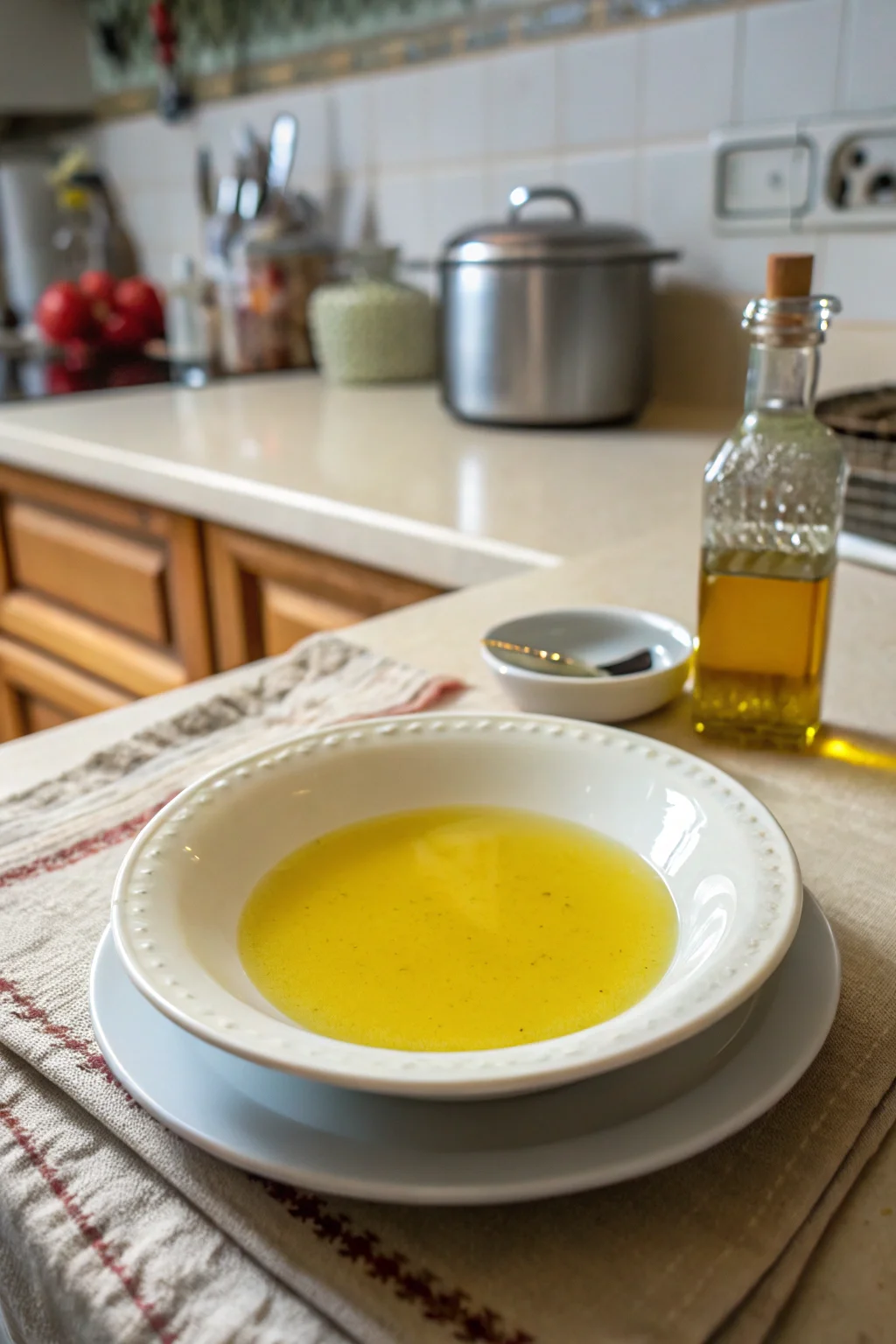
Certain oils are better suited for reuse than others due to their high smoke points and stability. These include:
- Canola Oil
- Peanut Oil
- Avocado Oil
Oils like olive oil and butter have lower smoke points and degrade more quickly, making them less ideal for reuse.
The smoke point of an oil is the temperature at which it begins to smoke and break down. High smoke point oils remain stable at higher temperatures, making them ideal for frying and potential reuse. Canola oil, for example, has a smoke point of around 400°F (204°C), while peanut oil’s smoke point is even higher, approximately 450°F (232°C). Avocado oil, with a smoke point of around 520°F (271°C), is one of the most stable, though its higher cost might limit its frequent reuse.
In contrast, oils like extra virgin olive oil have a smoke point of about 375°F (191°C), which makes them better suited for dressings and low-heat cooking rather than frying and multiple uses. Butter, with its low smoke point and tendency to burn, is not advisable for reuse in high-heat applications.
Are There Any Health Risks Associated with Reusing Cooking Oil?
Reusing cooking oil can pose health risks if not done correctly. Overused oil can form harmful compounds like acrylamide, which is linked to health issues. To mitigate risks:
- Avoid overheating the oil
- Discard oil that smells rancid
- Limit the number of reuse cycles
For more detailed information on acrylamide and its health effects, you can visit the FDA’s page on acrylamide.
Repeated heating of oil can lead to the formation of free radicals and other harmful compounds, which are linked to health concerns such as inflammation and heart disease. Proper filtration and storage practices are essential to minimize these risks. Additionally, it’s crucial to maintain a clean cooking environment. Ensure that any cooking residues are removed from the oil to prevent further breakdown and contamination.
Health-conscious individuals might consider rotating the types of oils used or combining reuse with fresh oil to balance flavor and reduce potential health risks. Regularly updating your knowledge on safe cooking practices and staying informed about potential risks associated with reused cooking oil will also help mitigate any health concerns.
Can Reused Cooking Oil Affect the Flavor of Food?
Yes, reused cooking oil can impact the flavor of your dishes. If the oil retains flavors from previous cooking, it can transfer unwanted tastes to new foods. To minimize flavor carryover:
- Filter the oil thoroughly after each use
- Use separate oils for strong-flavored foods like fish
- Monitor the oil’s smell and taste before reuse
Using a coffee filter or multiple layers of cheesecloth can help remove tiny particles and flavors that might otherwise carry over. It’s also wise to dedicate specific oil batches to similar food types — for example, use one batch for frying fish and another for frying potatoes. This practice not only preserves the integrity of each dish’s flavor but also extends the usable life of the oil by preventing cross-contamination of flavors.
What Are the Best Practices for Filtering Used Cooking Oil?
Filtering used cooking oil is essential for maintaining its quality. Here’s how to do it effectively:
- Allow the oil to cool completely.
- Use a fine-mesh sieve or cheesecloth to strain the oil.
- If particles remain, consider using a coffee filter for extra filtration.
Regular filtering helps extend the oil’s life and improve food safety.
For best results, filter the oil while it’s still slightly warm but not hot. This ensures that any solidified fats or particles are in liquid form, making them easier to remove. Pay attention to the filtering tools you use; a fine-mesh sieve can handle larger particles, but a coffee filter provides a finer filtration that captures smaller particles, resulting in a clearer oil.
Proper filtering not only helps maintain the oil’s quality but also prevents the development of off-flavors and the formation of harmful compounds. By dedicating a few extra minutes to thorough filtration, you can significantly enhance the quality and safety of your reused oil.
How Should You Dispose of Cooking Oil?
Never pour cooking oil down the drain as it can cause plumbing issues. Instead, follow these disposal steps:
- Let the oil cool and solidify, then throw it away in a sealed container.
- Check if your local waste management offers cooking oil recycling.
- Some cities provide drop-off locations for used oil disposal.
For more disposal tips, check your local government’s waste management guidelines.
If your community offers recycling programs for cooking oil, take advantage of these services. Recycling centers often convert used oil into biodiesel, a more sustainable and environmentally friendly energy source. Alternatively, you can donate the oil to local farms or community gardens that use it for composting or as an animal feed supplement.
When disposing of cooking oil in the trash, use a sturdy, leak-proof container to prevent spills. Avoid using thin or flimsy containers that might break during transportation. Always double-check your local regulations to ensure compliance with waste disposal guidelines.
Can You Mix Different Types of Used Cooking Oil?
Mixing different types of used cooking oil is not recommended. Different oils have varying smoke points and degradation rates, which can affect cooking performance and safety. If you must mix oils, ensure they have similar properties and have been used for similar types of cooking.
When mixing oils, consider their flavor profiles and smoke points. Mixing oils with drastically different properties might result in uneven cooking and inconsistent flavors. Additionally, oils that degrade at different rates can lead to faster spoilage and the formation of undesirable compounds.
If you choose to mix oils, do so with care, and monitor the mixture’s quality over time. Testing small batches before committing to larger quantities can help you assess compatibility and performance.
Is It Safe to Reuse Cooking Oil from Deep Fryers?
Reusing oil from deep fryers is generally safe if you follow proper storage and filtering practices. Ensure that the oil is not overheated and that you regularly clean the fryer to avoid contamination. Monitor the oil’s condition closely, as deep frying can accelerate degradation.
Deep fryers often have built-in filtration systems that can help maintain oil quality. However, manual filtration is still advised, especially after cooking foods that leave significant residues. Regularly check the fryer’s heating elements and cleanliness to prevent cross-contamination and ensure efficient frying.
Remember to maintain a consistent frying temperature. Overheating can lead to rapid oil breakdown and the formation of harmful compounds. By keeping the oil at a steady temperature, you can prolong its usability and preserve the flavor of your fried foods.
What Are Some Tips for Enhancing the Flavor of Reused Cooking Oil?
To enhance flavor when reusing cooking oil, consider:
- Adding herbs or spices to the oil while heating
- Using the oil for complementary flavors (e.g., reusing oil from frying chicken for batter-fried dishes)
- Regularly tasting the oil to ensure quality
Experimenting with flavor infusions is an excellent way to add depth to your dishes. For example, adding rosemary, garlic, or ginger to the oil as it heats can impart a subtle, aromatic quality to your food. Just be mindful of the herbs or spices you use, as some can burn at high temperatures, leading to bitter flavors.
Using reused oil for similar flavor profiles, such as using oil from frying chicken for onion rings, helps maintain the intended taste of your dishes. Tasting the oil before each use ensures its quality remains acceptable and prevents unpleasant surprises during cooking.
Can You Reuse Oil for Baking?
Reusing oil for baking is possible but not always advisable. Oil used for frying can carry flavors that may not complement baked goods. If you choose to reuse oil for baking, ensure it is neutral in flavor and has been filtered thoroughly.
Baking requires precise flavors, and any unwanted taste from reused oil can impact the final product. If you decide to reuse oil for baking, consider using it in savory baked goods, such as breadsticks or crackers, rather than sweet items like cakes or cookies.
Always start with a small test batch to evaluate how the reused oil affects the flavor and texture of your baked goods. If the results are satisfactory, you can proceed with larger quantities. However, if the oil’s flavor is too pronounced, it may be best reserved for other cooking methods.
Wrap-Up
Reusing cooking oil can be a practical and eco-friendly practice if done carefully. By following the tips outlined above, you can ensure that your reused oil remains safe and flavorful. Always monitor the oil’s quality and be mindful of food safety to make the most of your cooking oil. For more cooking tips, explore our kitchen hacks page.

